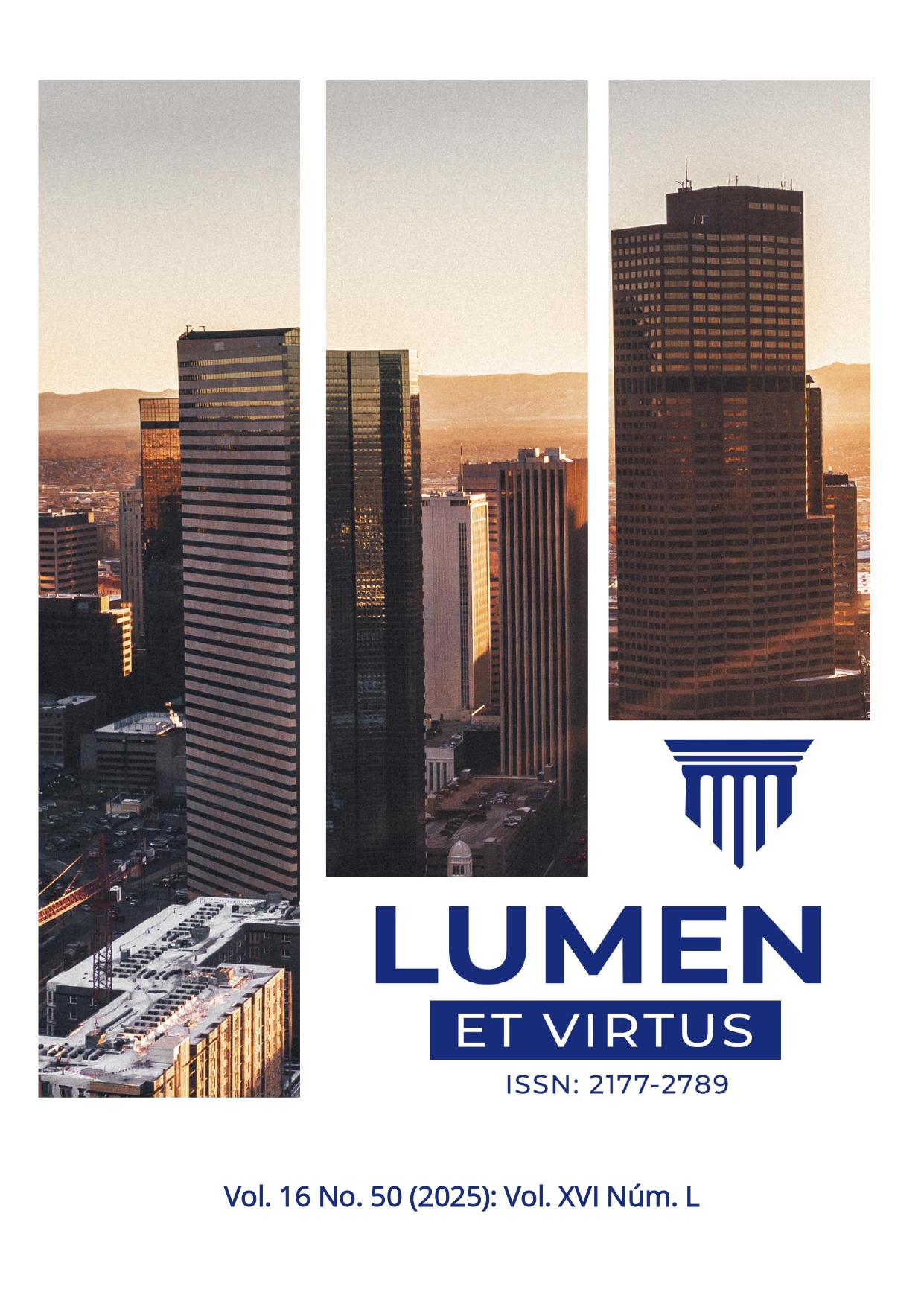THE ROLE OF THE ZAGA PROTOCOL IN REDUCING SINUS COMPLICATIONS AND OPTIMIZING BONE ANCHORAGE IN ZYGOMATIC IMPLANT REHABILITATION
DOI:
https://doi.org/10.56238/levv16n50-024Keywords:
Zygomatic implants, Atrophic maxilla, Oral rehabilitation, Minimally invasive surgery, Fixed prosthesisAbstract
The rehabilitation of the severely atrophic maxilla represents a significant clinical challenge in prosthetic dentistry. Zygomatic implants emerge as an effective alternative for patients with extensive bone loss, enabling the placement of fixed prostheses without the need for extensive bone grafting. This study presents a qualitative bibliographic review on surgical techniques, clinical indications, biomechanics, and long-term outcomes of zygomatic implant use. The benefits of minimally invasive surgery and flapless approaches are highlighted, along with the application of technologies such as dynamic navigation. The analysis reveals high success rates, low complication rates, and improved patient quality of life. Finally, the importance of preoperative planning based on three-dimensional tomography and biomechanical analysis for successful rehabilitation is discussed.





